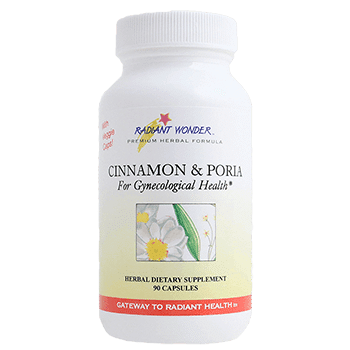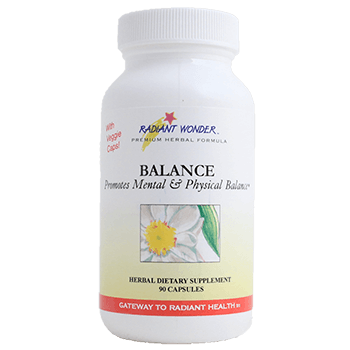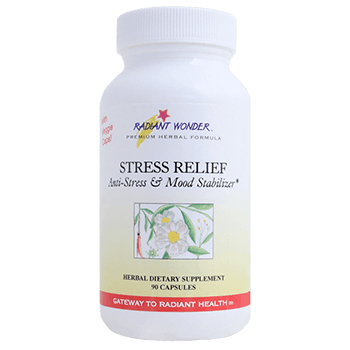How to do it and why:
It is a bit unusual to us in the western world to consider the importance of breathing techniques. After all, we are always breathing, aren’t we? It seems a little silly to put extra attention to something we do naturally. Notice your own breathing. Isn’t each breath actually very shallow? Does your posture or position encourage or restrict your ability to take full breaths? Did you realize most people are utilizing one-quarter or less of their lung capacity?
From the traditions of the ancients, we know that breathing practices are important. Empirical science, the scientific method of all original cultures, is based on trial and error. That which has value is kept and employed. That which is found to have little or no value is dropped. Breathing exercises have been used by human beings for thousands of years, so there must be something of value here!
Modern science has caught up. Research has shown that breathing exercises reduce Cortisol (the stress hormone) levels, helping hormonal balance for the whole body. They also synchronize both hemispheres of the brain.
Brain coherence creates homeostasis in your central nervous system and allows for more flexibility in thinking. You are able to draw upon the strengths of your brain in both the analytical and creative sense, increased peacefulness and clarity of mind, increased sports performance, memory, health, emotional stability, focus, less stress, better sleep, allowance for super learning and more energy. [1]
We also know that these exercises are important through clinical experience. Patients who have learned and used breathing exercises respond more quickly to treatment, no matter what type of physician they are seeing. People are healthier, adapt to greater stress, and have greater endurance when they keep breathing exercises as part of their daily routine.
Inspiration is, “to breath in “. The breath is a link to the most profound medicine that we carry within us. Within this nearly unconscious gesture, a breath, that we enact 1,261,440,000 (1 and 1/4 billion) times in our life span we are constantly re-energizing and healing our bodies. The presence of special breathing practices in other cultures has always been a mystery to people in the Western world. There are numerous beneficial physiological mechanisms that are triggered with simple breathing exercises.
It has been discovered recently that the action of the lungs, diaphragm, and thorax is a primary pump for the lymph fluid – scientists call this action a lymph heart. In addition, the breath is the best source of oxygen. Oxygen is key for the body’s ability to produce energy. And taking a full, relaxed breath moves the automatic nervous system toward balance (homeostasis). This translates into our feeling healthier, more energetic, and yet more relaxed.
Alternate Nostril Breathing Exercise:
Using your thumb on your right nostril and your pinky and third finger (right next to your pinky), hold your right nostril closed and inhale through your left nostril. (warming up the nostril). Pause. And, while your lungs are full of air, switch your fingers so your left nostril is closed. Now, exhale out your right nostril. Then inhale through your right nostril. Pause. And, while your lungs are full of air, switch your fingers so that your right nostril is closed. Exhale. Repeat this process about 12 times. It is good to breathe in gently and deeply. It is more important at the beginning that you are relaxed than how deeply you breathe. The breath should be easy and steady. As the exercise becomes more comfortable, you will naturally breathe a little deeper.
This is a very remarkable exercise. Studies done with current neuroscience have demonstrated that this exercise synchronizes the right and left hemispheres of the brain. What does this mean to you? You immediately feel calmer, clearer, more grounded.
This is a wonderful exercise to do before some quiet mediation and prayer. But, with the craziness of today’s world, we suggest you do it off and on all day. And make a habit of doing it at a time you always do something else: when you are driving the car – do it at your favorite stop light; at work – do it between phone calls; at home – do it during the commercials when you are watching TV. You don’t have to do all 12 alternations. Even with 3-4 alternations, you will feel the profound difference.
This amazing simple little exercise also helps to remove excess carbon dioxide from the lungs – removing excess heat, which can cause more tension, physically and mentally. So make it a habit you don’t have to remember to do – often. 2-5 minutes off and on during the day…when you are at a stoplight, when you are watching TV…it only takes a few minutes but has a profound effect.
This amazingly simple little exercise helps to remove excess carbon dioxide from your lungs. This removes excess heat, which can cause more tension, physically and mentally.
How to do the Alternate Nostril Breathing Exercise
You may need to practice this a few times, but once you’ve gotten the hang of it, it’s very easy to do. Using your thumb on your right nostril and your pinky and third finger (right next to your pinky), hold your right nostril closed and inhale through your left nostril. This warms up the nostril.
Pause. While your lungs are full of air, switch your fingers so your left nostril is closed. Now, exhale out your right nostril. Then inhale through your right nostril.
Pause. While your lungs are full of air, switch your fingers so that your right nostril is closed.
Exhale. Repeat this process about 12 times.
It is good to breathe in gently and deeply. It is more important in the beginning that you are relaxed than how deeply you breathe each time. As the exercise becomes more comfortable, you will naturally breathe a little deeper.
Lymphatic Skin Brushing / Massage
This is a good partner for Alternate Breathing Technique.
Good to do as often as you like or at least 3 or 4 times a week.
[1] https://eocinstitute.org/meditation/10-key-brain-regions-upgraded-with-meditation-2/







